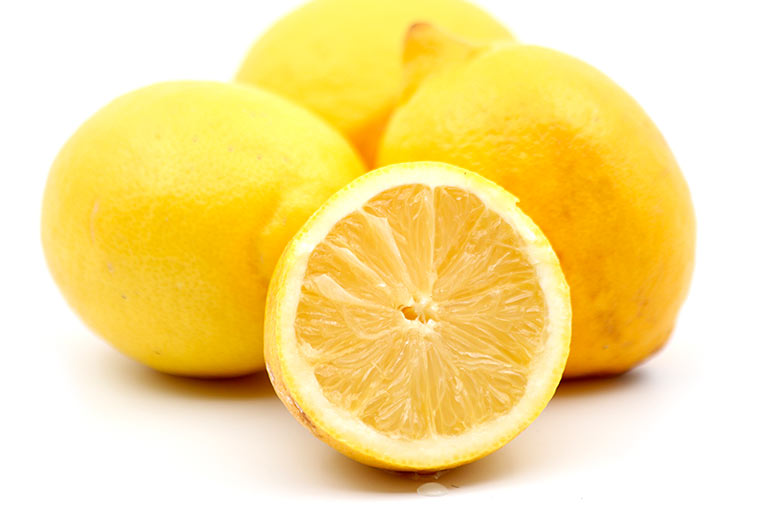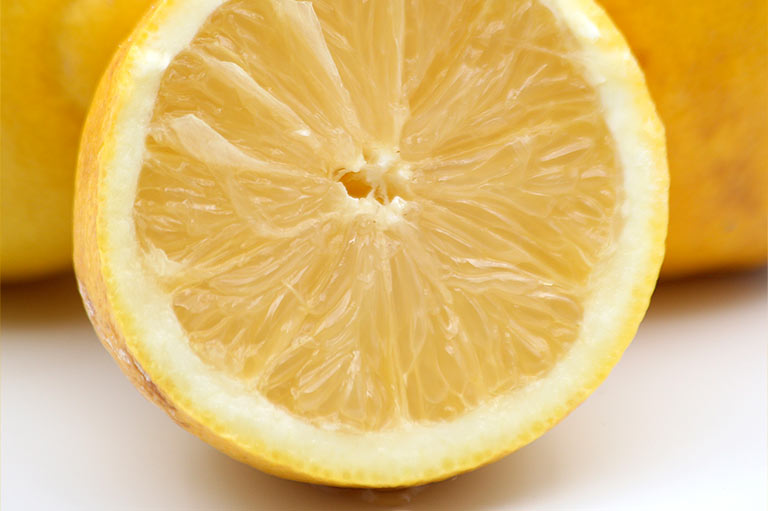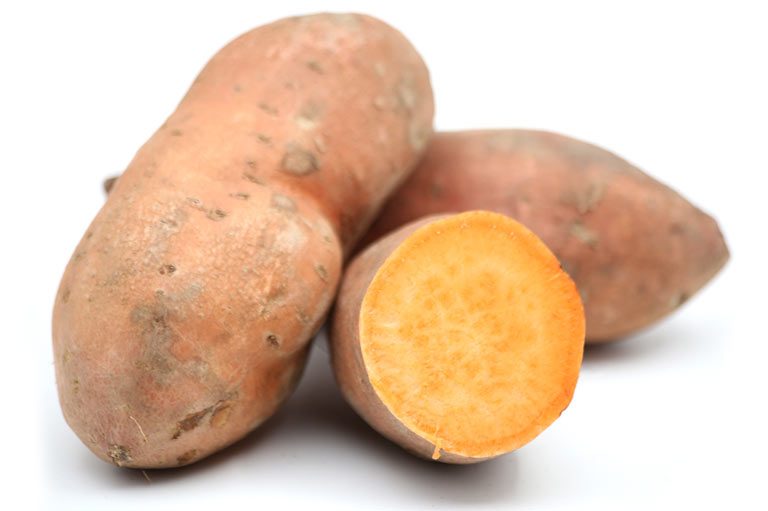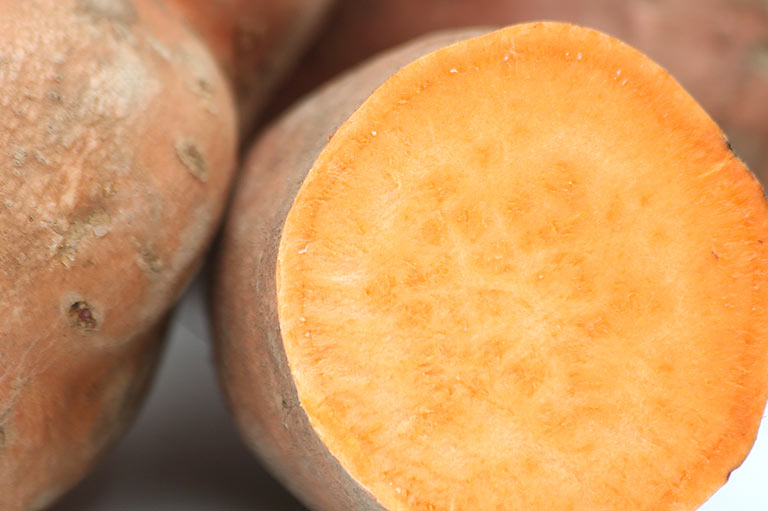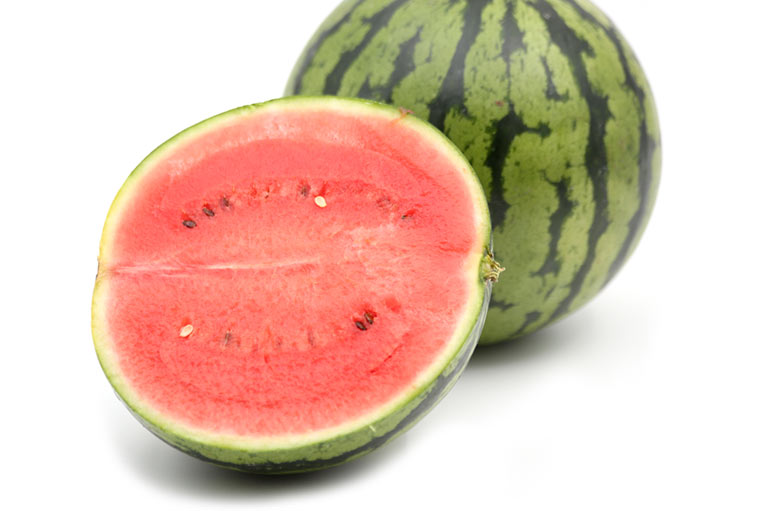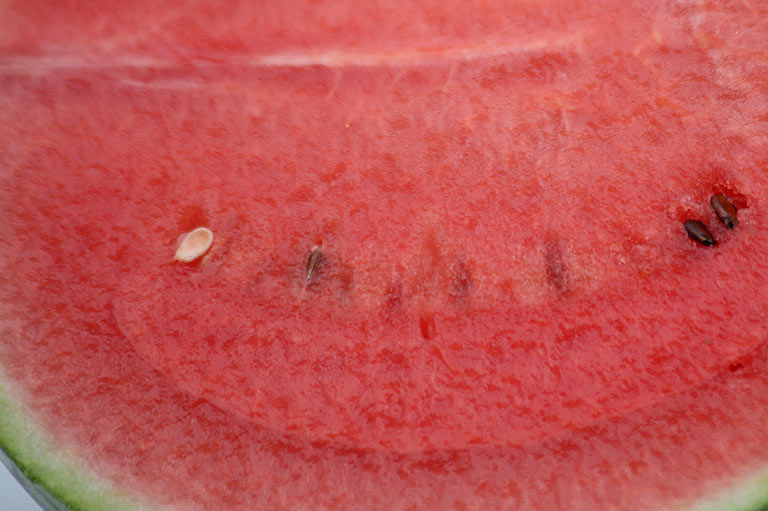May
May is the month of flowers; geraniums, gitanillas and many other colourful flowers blossom and adorn balconies in the villages of Andalusia. In the countryside, olive and poplar trees are dispersing their pollen in all directions, to reach far and wide.
If we are lucky, we will begin to harvest the first apricots of the year now, and perhaps the first cherries too! We have also started seeing watermelons and some other melon varieties, a sign of the longer days that announce the coming of summer!
Lemon
Available all year
Spain is the largest producer of lemons in the EU, with most being sold fresh rather than in juices or preserves. The Mediterranean weather is perfect for its cultivation; an ideal growing season and climate allow the fruit to ripen fully, and to a high quality.
It is a native of Southeast Asia – likely a hybrid of bitter orange and citron – and was first introduced to Europe around the second century BC. As the only citrus fruits available at the time, the lemon and the citron were prized for their rarity, ornamental value and healing powers, rather than being grown for consumption.
During the barbarian invasion of the fourth century almost all lemon and citron trees in Europe were destroyed, with only some in southern Italy surviving. The Arabs re-introduced them to Spain in the 11th century, and lemons then began to be cultivated extensively in the region.
Lemon is a rich source of vitamin C and a versatile ingredient in the kitchen; the juice and rind can used in sauces, marinades, preserves or baked recipes. And lemon slices or rind will add a unique flavour to infusions, teas or cold drinks. Apart from its many culinary uses, lemon is also high in antibacterial citric acid, which makes it an effective household cleaner!
Sweet Potato
Available August – May
The sweet potato is a tuber, native to the warmer regions of Latin America. Characterised by its subtle, sweet taste, it is mainly used in desserts, though it is becoming increasingly popular in savoury dishes.
Christopher Columbus brought the first sweet potatoes to Europe in the 15th century, where they were readily adopted by Spanish farmers. Sailors travelled with them to Asia in the 16th century, and today China is the largest producer of the vegetable globally.
Though the two are not related, the calorie, protein, and carbohydrate values of sweet potato are similar to those of the regular potato. However, while they have a sweeter taste due to higher levels of the enzyme amylase (which breaks starch down into sugars), most varieties of sweet potato actually have a lower glycaemic index than regular potatoes.
In savoury dishes sweet potatoes can be roasted – either peeled or with their skins on to retain more fibre – boiled, steamed, used in stews, or as a substitute for pumpkin or regular potatoes in fried dishes and purées. As a snack they make a great healthier alternative to chips or crisps; bake them in the oven until crispy, rather than frying, for a lower-calorie option.
Mini Watermelon
Available April – May
Is it a fruit, or is it a vegetable? Like cucumbers and pumpkins, watermelons belong to the Curcurbitaceae family, which would suggest they are vegetables. However, anything containing seeds that ‘fruits’ from a pollinated flower is classified botanically as a fruit. (Speaking of seeds, seedless watermelons are not genetically modified, but the result of hybridisation – the natural cross-breeding of existing varieties.)
The watermelon is believed to have originated in Africa as the descendant of hardy, drought-tolerant vines, and cultivated in Egypt from around 2000 BC. The ancient Greeks named it pepon and used it as a diuretic and to treat heatstroke in children. These were fruits prized for their cooling properties and the large amount of water they could store, rather than the sweeter eating varieties we know today; those were cultivated and spread across the Mediterranean during Roman times.
Watermelon contains a high amount of lycopene, a carotenoid that exists in all pink or red fruits and vegetables, and is responsible for their colour (watermelon contains on average 40% more lycopene than raw tomatoes!). It is a great antioxidant – superior to vitamin C – and can help prevent cell damage, improve cardiovascular health and reduce cholesterol.
